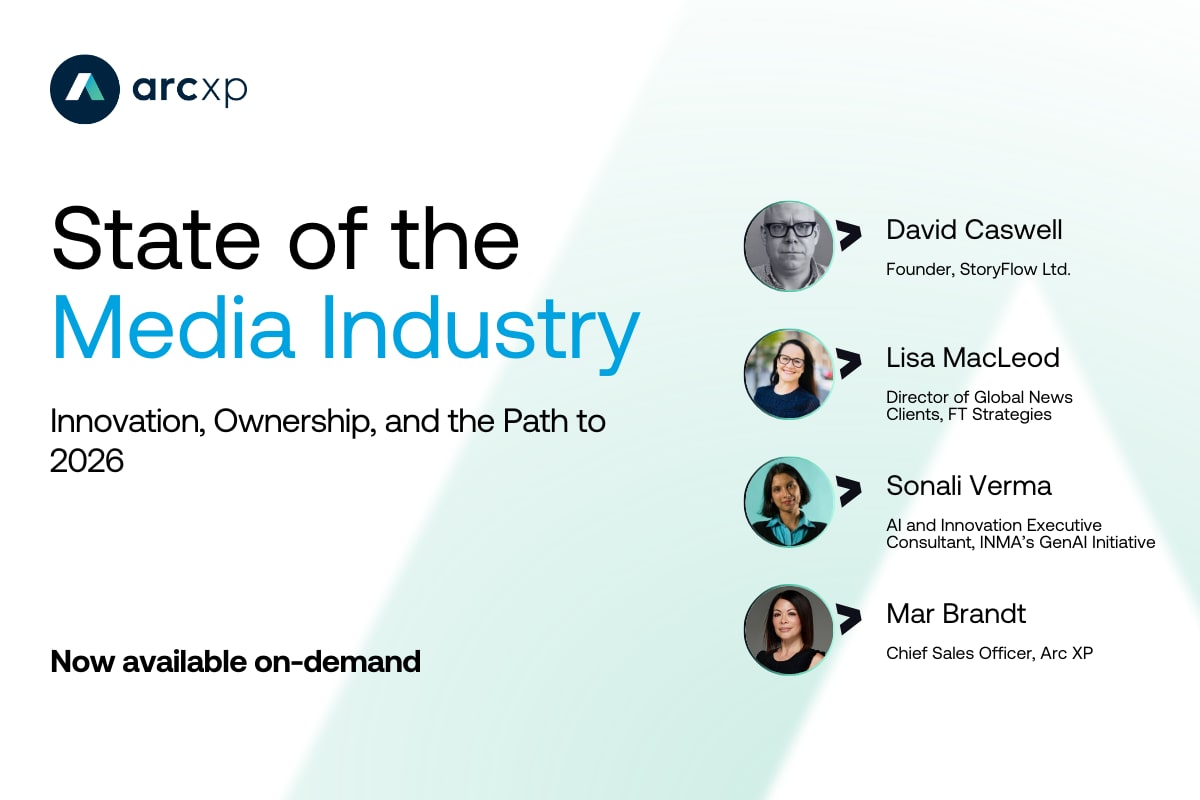A Blueprint for the Future — Arc XP and The Washington Post’s Vision for Innovation at INMA World Congress
At this year’s INMA World Congress, Arc XP President Matt Monahan took the stage to deliver a bold and energizing message: media must evolve now—not later—if it wants to stay relevant to the next generation of audiences.
Representing both Arc XP and its roots at The Washington Post, Monahan outlined a clear and urgent roadmap for how media organizations can adapt to shifting user behavior, emerging AI technology, and the breakdown of traditional distribution models.
The takeaway? We’re long past the era of “publish and hope.” To survive, newsrooms need to rethink how stories are created, delivered, and experienced.
The Challenge: The Old Rules No Longer Apply
Monahan walked the audience through a sobering look at current industry trends. Referrals from traditional search engines are dropping. Gen Z isn’t coming to news websites or downloading apps. Platforms like TikTok have become de facto search engines, where personalization and entertainment beat out accuracy.
And no—this generation won’t magically start paying for news when they get older. “The future is already here,” Monahan warned, quoting William Gibson, “it’s just not evenly distributed.”
The Shift: Audiences as Stakeholders, Not Just Consumers
Today’s users want more. They want participation, dialogue, and control. That’s why Arc XP and The Washington Post are investing in tools that let users ask the news, not just read it.
Their pilot program “Ask The Post” lets readers directly pose questions—and get AI-generated answers that are validated and grounded in real reporting. This isn’t ChatGPT bolted onto a website. It’s a deeply intentional reimagining of what trustworthy, interactive news can look like.
The Solution: AI with Guardrails and Purpose
Arc XP is building a platform with three pillars:
- A tech stack purpose-built for AI—complete with model governance, observability, and control.
- “Agentic” newsroom tools that reduce repetitive tasks, from editing to source management.
- Hyper-personalized consumer experiences based on real-time needs and first-party data.
The key theme? AI is a tool to elevate human journalism, not replace it. “We’re not afraid to say ‘I can’t answer that,’” Monahan said, underscoring the platform’s focus on transparency, trust, and accuracy.
The Opportunity: A Global Network for AI-Enabled Journalism
What started as “Ask The Post” is quickly scaling into “Ask The News”—a global initiative from Arc XP to help news organizations worldwide create their own AI-powered user experiences, backed by their own journalism. And in the future, publishers could even share information across borders, ensuring that if one newsroom doesn’t have the answer, another might.
It’s an ambitious vision. But one that’s rooted in collaboration, shared incentives, and independence from consumer AI platforms like ChatGPT or Perplexity.
The Call to Action
Monahan closed with a challenge: The fear of standing still should be greater than the fear of AI.
The next chapter of journalism won’t be written with old playbooks. It will be built by media organizations willing to rethink, retool, and rebuild—from the inside out.
Recent resources




